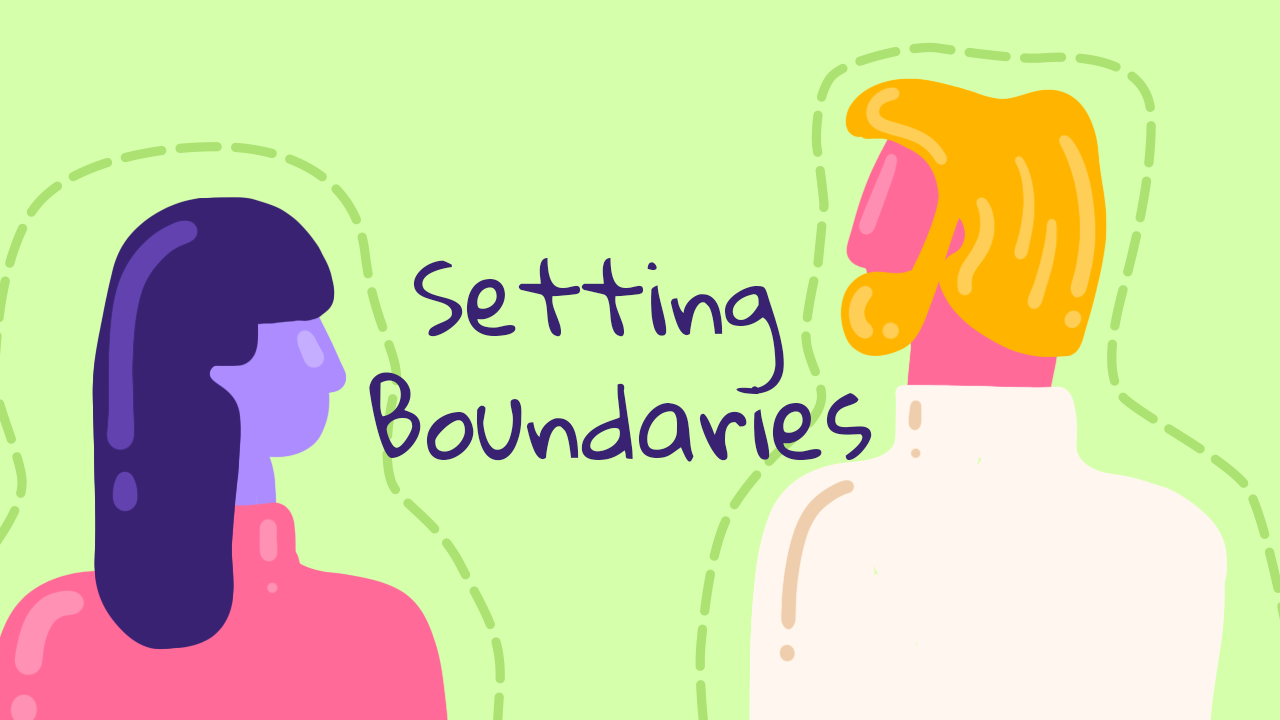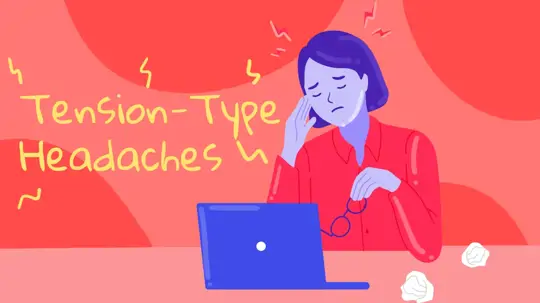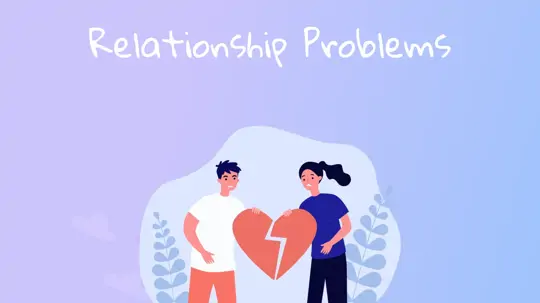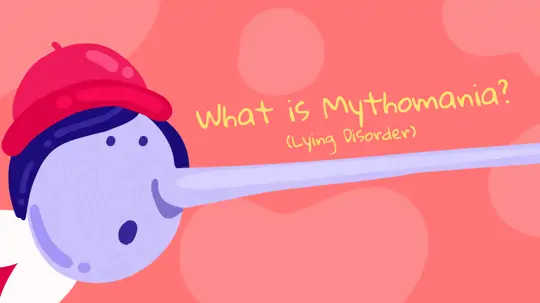
Start feeling better today!
Connect with your therapist today and take control of your life like our 850.000 happy clients.
Get StartedWhat Does It Mean to Set Boundaries?
The term "boundary," which is also used in geography and politics, means the line that clearly separates the lands owned by neighboring states. Considering the definition, both sides have their own space and limits. When we look at this definition, boundaries show similar characteristics in human relations.
When it comes to relationships, although the boundaries are not defined concretely and clearly as in geographical definition, they are semantically parallel in that they create a certain distance and distinction between the person and the other.
In this sense, the boundaries we set can mean the abstract lines we draw between us and another person in different roles and contexts as a result of being aware of our physical and psychological needs in the relationships we have1.
The fact that we have boundaries in relationships means that we have a space of our own, just like a piece of land. There is something about us in this space. In every situation where we communicate, there is our own personal space, the personal space of the other person, and a common space where we meet as a result of existing communication. Therefore, boundaries in human relations also describe where the individual's space begins and ends in their relationship with another1, 2.

Is There a Limit to Setting Boundaries?
In life, it is possible to talk about the existence of boundaries in every situation where one is in a relationship with another3. These boundaries can manifest themselves in many areas, such as physical, emotional, material, sexual, intellectual, and environmental. Therefore, the concept of setting boundaries is evaluated in a very broad framework.
Boundaries are personal and subject to change. Where they begin and end may differ from person to person. In different relationships, in different roles such as parenthood, friendship, and partnership, in different situations and contexts, it is always possible for us to discover these boundaries, reveal our own personal boundaries, or rearrange these boundaries over time.
Healthy Boundaries
When we consider our boundaries, what we see can be a very rigid and inflexible set of rules, or, on the contrary, our boundaries may be drawn with permeable and not very clear lines.
When it comes to healthy boundaries, we're talking about something in the middle and in balance. The boundaries we have set at this point are neither too strict nor too vague. In this position, the boundaries can be stretched when necessary and can be clearly set when necessary2.
In this sense, some examples of healthy boundaries set in relationships are as follows:
- Prioritizing our own needs, problems, responsibilities and time
- Not undertaking more than we can do
- Not conveying our needs and demands to the other person
- Not feeling guilty while setting personal boundaries, being aware of the necessity of setting different kinds of boundaries in relationships
- Saying
No.
when it comes to things we don't want.

Setting healthy boundaries in our relationships, in this view, is a physical, emotional, and psychological act of self-care that we perform for ourselves.
Does Setting Boundaries Make Me Selfish?
Clearly speaking, having personal boundaries does not make us selfish. On the contrary, it has a necessary and positive effect for the healthy and satisfactory progress of the relationship, because, on the one hand, it means taking care of both one's own self and the space of the person with whom they are in a relationship.
How Can I Set Boundaries in My Relationships?
It is not always easy to define and set our boundaries clearly. At this point, there are some suggestions that can help the person figure out and keep clearer boundaries in relationships:
- Reviewing our personal needs, priorities, and values, increasing our self-awareness
- Beginning to be conscious of our personal rights and freedoms
- Understanding why we need boundaries
- Observing processes and behaviors that are not good for us
- Raising awareness of situations where our rights and needs are violated and practicing saying
No.
in those moments - Not hesitating to seek psychological support if necessary
Why Is It Important to Set Boundaries in Relationships?
There are personal boundaries in any relationship in which we are healthy and happy4. In such relationships, while maintaining the connection of being in a relationship, we have not ignored our individual needs and wishes.
Considering this and within this framework, we have set our boundaries and we have protected them as much as possible. In this created space, our own boundaries are still there, while we are interacting and being aware and accepting that the other person may have needs and desires2.
At the same time, while we are aware of our own limits and reveal them, we clearly convey to the person we are in contact with what we can say Yes.
to and what we can say No.
to in our relationship. In this sense, we consider the demands and needs of the other person without ignoring our own needs. In this way, we somehow protect ourselves from all kinds of situations that we do not want to be in.
In fact, in all kinds of relationships we have with another person, we also have the opportunity to get to know ourselves better. Therefore, an attitude in which we take care of our physical and psychological needs, that is, being aware of our limits and taking steps according to them, allows us to observe ourselves, continue to get to know ourselves, and improve ourselves in the relationship we are in. This is an important gift.
The concept we refer to as personal boundaries is an abstract concept. However, it is clear that it is among the sine qua non for a fulfilling life for us, and for the healthy formation and maintenance of our relationships1.
Sources
- Whitfield, C.L., 1993, Boundaries and Relationships. Knowing, Protecting and Enjoying the Self, (pg. 1-10, 95-113)
- Linden, A., 2008, Boundaries in Human Relationships. How to be Seperate and Connected. (Chapter I, Chapter VII)
- Litner J., 2021, How to Set Boundaries in Relationships, psychcentral.com
- Selva, J., 2018, How to Set Healthy Boundaries: In Relationships: 10 Examples, positivepsychology.com





